Airbrushing is a beautiful & fascinating artwork form that offers endless creative possibilities. However, one of the biggest challenges airbrush artists face is masking, the process of protecting specific areas of the design from unwanted paint. Airbrush masking is a crucial technique distinguishing between a mediocre design and a masterpiece.
In this article, we’ll explore the world of airbrush masking, the different types of masking materials, and the techniques you must consider to achieve professional-looking results!
What Is Airbrush Masking?
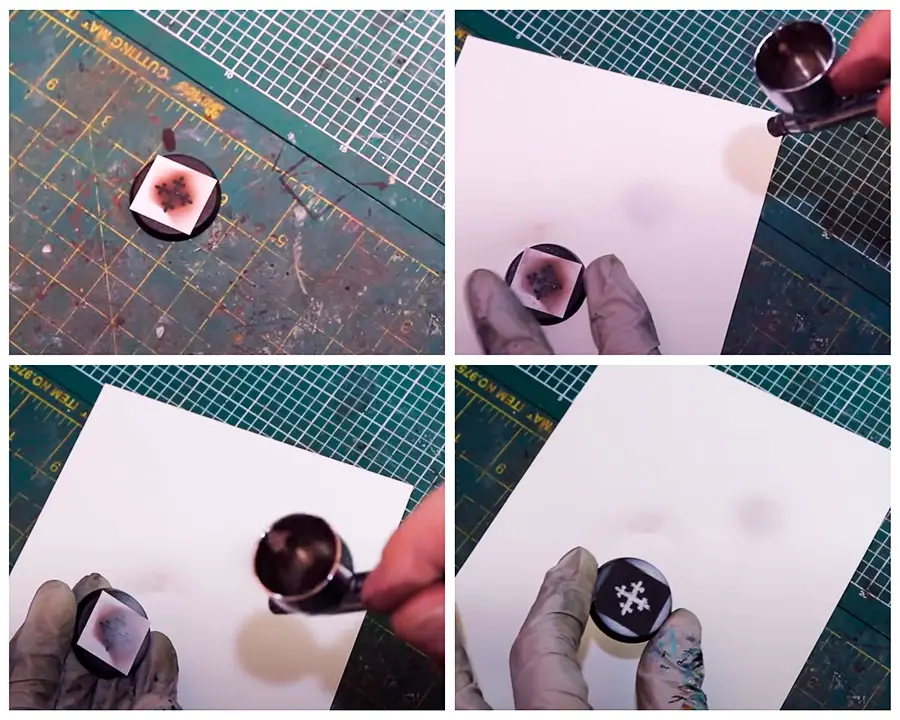
Airbrush masking is an essential technique in airbrushing that enables artists to create highly detailed and precise designs that stand out and look professional and stunning!
This method covers specific surface areas with a masking material such as tape, frisket film, or stencils to protect them from paint or create crisp edges between colors.
The result is a unique, persuasive, and professional-looking design that appears to be meticulously painted accurately and skillfully. Whether you’re an experienced airbrushing artist or just starting, incorporating airbrush masking in your artwork can elevate your designs to the next level, making them stand out and command attention.
What Are The Different Types of Airbrush Masking Materials:
Airbrushing is a genuinely magical art form that requires precision, skill, and creativity. And when it comes to airbrushing, masking is a vital part of the process. Think of it as the protective gear that helps you create the perfect design without making any unwanted marks or smudges.
Masking materials are the protective films that cover up sections of curved surfaces or other areas, usually when spray-painting, to protect the sites from being painted. Below mentioned are the different types of airbrush masking materials that you need to know about:
1. Masking Tape: The Classic Option
A masking tape is an excellent option if you’re looking for an affordable and effective masking material. It’s easy to cut, apply, and create sharp edges and straight lines. Plus, it doesn’t leave any residue behind on the surface or lift the underlying paint.
2. Masking Fluid: The Liquid Mask
Masking fluid is a liquid masking material that you apply with a brush. Once it dries, it forms a rubber-like film you can peel off. This masking material is excellent for creating complex shapes and intricate designs. It’s also ideal for creating fine lines and details that might be hard to achieve with other materials, such as vinyl masking film or transfer paper.
3. Frisket Film: The Peel-and-Stick Solution
Frisket film is a self-adhesive masking material that comes in sheets or rolls. This masking material has a translucent backing sheet instead of paper backing for easy handling. It cuts cleanly and can be removed easily from nearly every working surface, such as photographs, watercolor and drawing paper, canvas, glass, metal, and glazed ceramic surfaces.
4. Stencil Film: The Durable Choice
Stencil film is a durable and flexible masking material that can be used for airbrushing. It’s easy to cut and can be reused multiple times. Stencil film is perfect for creating large designs and patterns requiring more durability than other materials.
5. Masking Paper: The Heavy-Duty Option
Masking paper is a thick material perfect for covering large areas and protecting them from paint overspray. It’s also great for creating curved edges and shapes. Masking paper is easy to remove and won’t damage the surface underneath. However, it’s not ideal for lettering use on irregular surfaces such as motorcycle tanks, helmets, etc.
Simply put, airbrush masking materials play one of the most crucial roles in creating detailed and intricate designs while airbrushing. With the suitable material, you can create unique designs without worrying about making any unwanted marks or smudges.
What Are The Techniques For Airbrush Masking:
Airbrush masking is a technique used in airbrushing to protect certain areas of a design from unwanted paint. This procedure is essential for getting precise and spot-free results when airbrushing, especially for methods that call for intricate features or multiple coats of paint.
There are several techniques used to achieve professional-looking results, including:
Preparing the Surface for Masking
A crucial stage in the airbrush masking process is surface preparation. The masking material will adhere properly and prevent bleed-through with proper surface preparation. A properly prepared surface will aid in the exact adhesion of the masking material and prevent bleed-through. It is crucial to completely clean the surface to get rid of any dirt, dust, or debris that might get in the way of the masking procedure before applying any masking substance.
Choosing the Right Masking Material
Selecting suitable masking material is crucial for achieving the desired results. You should consider several factors when choosing the suitable masking material, such as the type of surface you’re working on, the complexity of your design, and the level of precision required.
The adhesive strength of the material is also essential to consider, as some may be too strong and damage the surface when removed. It’s always a good idea to test the masking material on a small area before applying it to the entire surface.
Applying Masking Material
When masking material, it’s essential to do so evenly and precisely. You should avoid stretching the fabric as this can cause it to tear or warp. It’s also necessary to ensure that the edges of the masking material are firmly pressed down to prevent any paint from seeping underneath. Using a burnishing tool or a credit card can help ensure that the masking material adheres correctly to the surface.
Removing Masking Material
Removing masking material can be a delicate process that requires careful attention. It would be best to gently peel the fabric back, working slowly and carefully to prevent tearing or stretching.
If the material does not come off quickly, you can use a tool such as a craft knife or tweezers to lift it off. Always test the removal process on a small area first to avoid surprises.
Airbrush masking is a critical technique that requires careful preparation, selection, application, and removal of masking material. By following these techniques and using the right tools, you can achieve the perfect, professional design with precision and ease.
Conclusion:
Airbrush masking is an ideal way to create beautiful, intricate designs. However, selecting suitable masking material and using it correctly are critical elements of achieving optimal results.
This post has provided a detailed overview of airbrush masking, the various materials, and the techniques you can use to ensure successful, beautiful results. We hope our shared information has helped you understand what airbrush masking is and how to use it effectively.




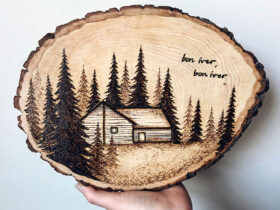
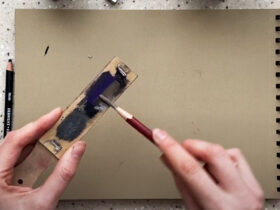
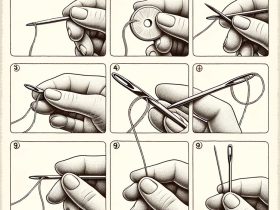
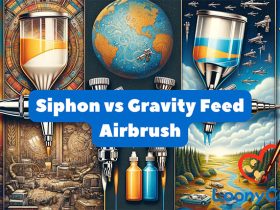

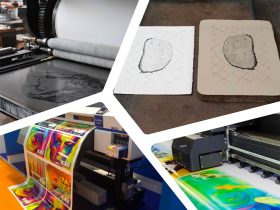


Leave a Reply